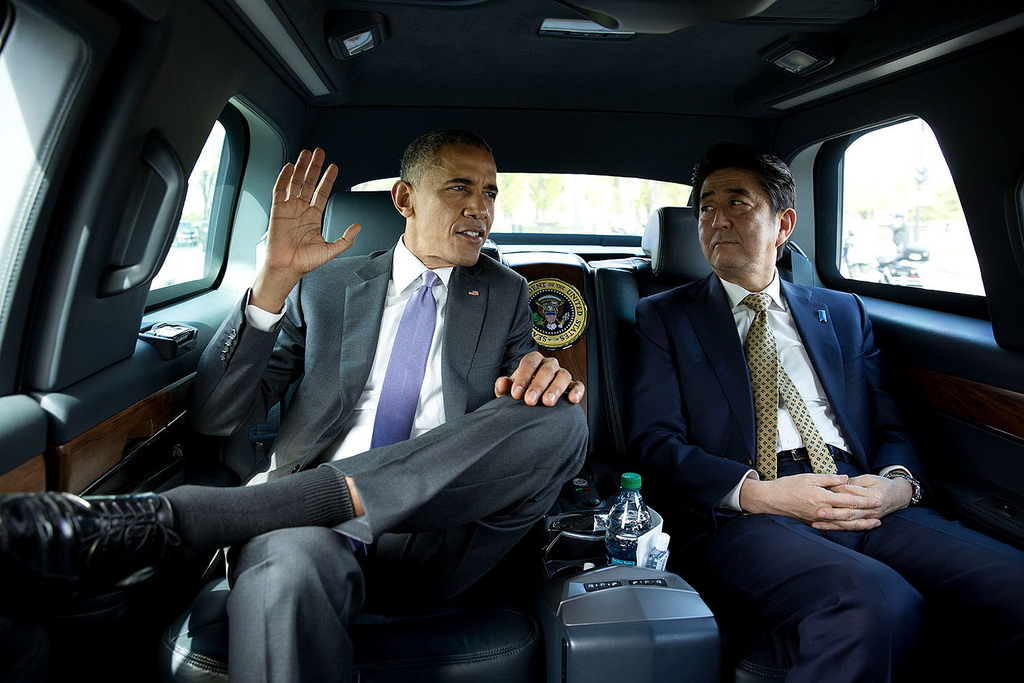
Currency manipulation, rules of origin, and state-owned enterprises are concerns for manufacturing.
It’s been over a month since the Obama administration announced a deal on the massive Trans-Pacific Partnership (TPP). The text is out and so is the jury.
We’re still reviewing the text, but there seem to be three key areas lacking: currency manipulation, rules of origin, and state-owned enterprises.
CURRENCY MANIPULATION
The TPP deal itself does include a line on “exchange rate policies” in the preamble. It’s lacking in detail and does not include anything enforceable.
Instead, finance officials from the 12 TPP countries agreed to a side currency pact. The countries promised to avoid “unfair currency practices and refrain from competitive devaluation,” and provide a wide range of data relating to respective exchange rates. But, because it’s not in the larger trade agreement, it will not be subject to the TPP’s enforcement provisions.
“The data will just add to the large body of reporting that is already available,” AAM President Scott Paul told EuroMoney. “It is just a reiteration, a repackaging. It does provide some timelines but these, like the other provisions, are not enforceable."
RULES OF ORIGIN
Republican Presidential candidate Donald Trump was blasted during and after the Fox Business debate when he said that China would benefit from the TPP. Rand Paul, for instance, said on stage that “we might want to point out that China is not part of this deal.”
Yet, Trump was right. China is not one of the 12 countries in the TPP, but it will surely benefit. How? David Dayen expertly lays out how the world’s second largest country will reap the benefits without having to abide by any of its terms:
Here’s how it works: TPP and other free trade deals allow signatories to exchange goods without tariffs. But we live in a complicated world, with source materials derived from one country often traveling through a supply chain to another and completed in a third before moving to a retail market.
To cope with this, TPP adds a “rule of origin” chapter to determine whether an amalgamated good qualifies for tariff-free status. This is particularly important in Southeast Asian nations like Vietnam or Malaysia, which get a significant amount of production materials from China.
TPP says that all materials that go into a good, outside of a de minimis 10 percent, must derive from TPP countries. However, there are numerous exceptions and exemptions, along with a confusing set of calculations to determine eligibility. Through these cracks in the agreement, as Trump alluded, China can deliver goods to TPP countries without tariffs.
STATE-OWNED ENTERPRISES (SOEs)
The TPP does little to reign in state-owned enterprises. What started out as an area of so-called “high ambition” has been weakened to a level where any new disciplines have limited impact.
An SOE isn’t a true commercial entity that is motivated by profits and losses. Its decisions are made in light of market forces that other companies deal with daily. An SOE receives generous financial support from its parent state, ranging from no-cost loans to free energy to below market-rate materials, so that it can always win a contract without worry about turning a loss. (Think: China’s steel industry)
While China has the largest and best-known SOEs and SCEs, Vietnam, Malaysia, and other TPP participants have significant state actors whose rise could skew production and employment patterns across the trade zone.
AAM will continue to examine the text to see what it means for American manufacturing.
